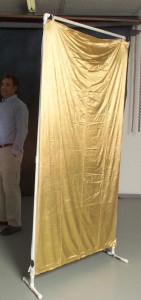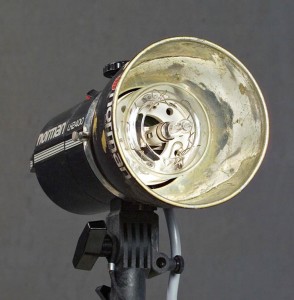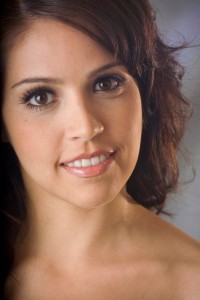Amazon is shipping copies of my second book: Photographing Architecture. This is really exciting! Of course you can also get my first book Understanding and Controlling Strobe Lighting
. You can download copies of most of my articles and some do it yourself projects. I teach three classes at BetterPhoto: Portrait Lighting on Location and in the Studio, An Introduction to Photographic Lighting and Getting Started in Commercial Photography. I hope you’ll check them out. I have been told that prices are going up this year at BetterPhoto, so you might want to sign up soon.
I’ve often said that I believe that strobes are the best lights available for still photography. The reason I like strobes is that you can make the light work in a large number of different ways. You can make a small spot or a broad light; you can make hard light or soft light; you can even project images (www.siskinphoto.com/magazine/zpdf/strobeprojector.pdf). There are a number of different sorts of tools that give you this control; many of them are called reflectors, which is a problem. Entirely different sorts of tools are called reflectors. Tools which probably should be called reflectors aren’t. I hope to add a little clarity to this situation in the next couple of postings of this blog. I have students that this information will help. I hope it will be more broadly useful.
So let’s begin with the most basic problem: a large flat device to bounce light is called a reflector and the bowl shaped device that fits onto a mono-light or studio strobe is called a reflector. The large panel reflectors are very useful. They can be used in the studio, indoors and outside. They can reflect continuous light like the sun and strobe with equal ease. I really like using them in the studio and indoors, but not so much outdoors. I find that they are difficult to keep properly oriented outdoors. Often the effect of a panel reflector is so subtle that you can’t tell if one was used.
The bowl shaped reflector makes the strobe more efficient by putting more of the light in one direction. It also makes the strobe much more useful by keeping light from going where you don’t want it. Different reflectors give you different patterns of light. For instance the five-inch reflector I often use on my Norman LH2400 spreads light over 130º, a very broad spread. A larger ten-inch reflector spreads light over only 60º. When you use most dedicated strobes, like the Nikon SB900 or the Canon 580II EX there is actually a reflector built into the strobe. The spread of the built-in reflector can be changed by changing the setting from wide to telephoto. In addition to changing the spread of the light reflectors can also change the amount of light that reaches the subject. The standard reflector 2D for my Norman 200B spreads light over 60º, The telephoto reflector spreads light over a much smaller area, but is about 2.5 stops brighter. In the next blog I’ll be providing more examples of the styles and light patterns of reflectors. Most studio strobes and mono-lights only use bowl shaped reflectors made by the manufacturer. So when you buy strobes one thing you want to check on the reflectors and other accessories available from the manufacturer.
I just want to add a quick update about my marketing here in Indianapolis. Some of the connections I made through the clubs are starting to bear fruit: I have a catalog shoot that will start in a few weeks. Also I am supposed to meet with someone from the local community college about a teaching position. I went to the Indiana Home and Garden show yesterday. I met dozens of new people and handed out a lot of cards. It was a great place to show off the new book!
I’m trying to schedule a new lighting workshop. Please let me know if you would like to attend!
Thanks, John



